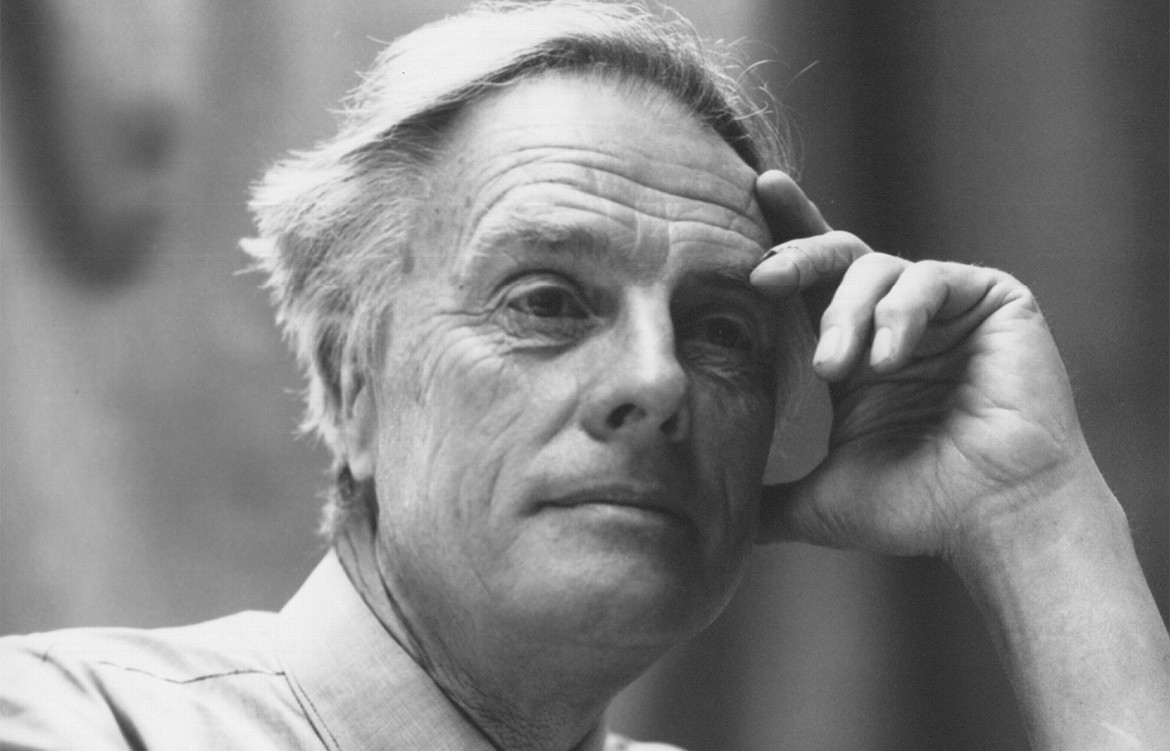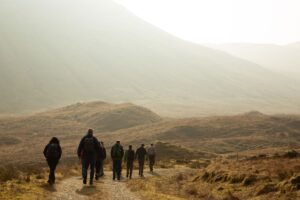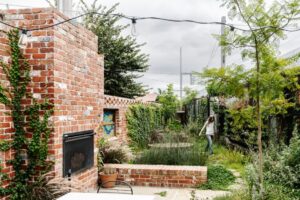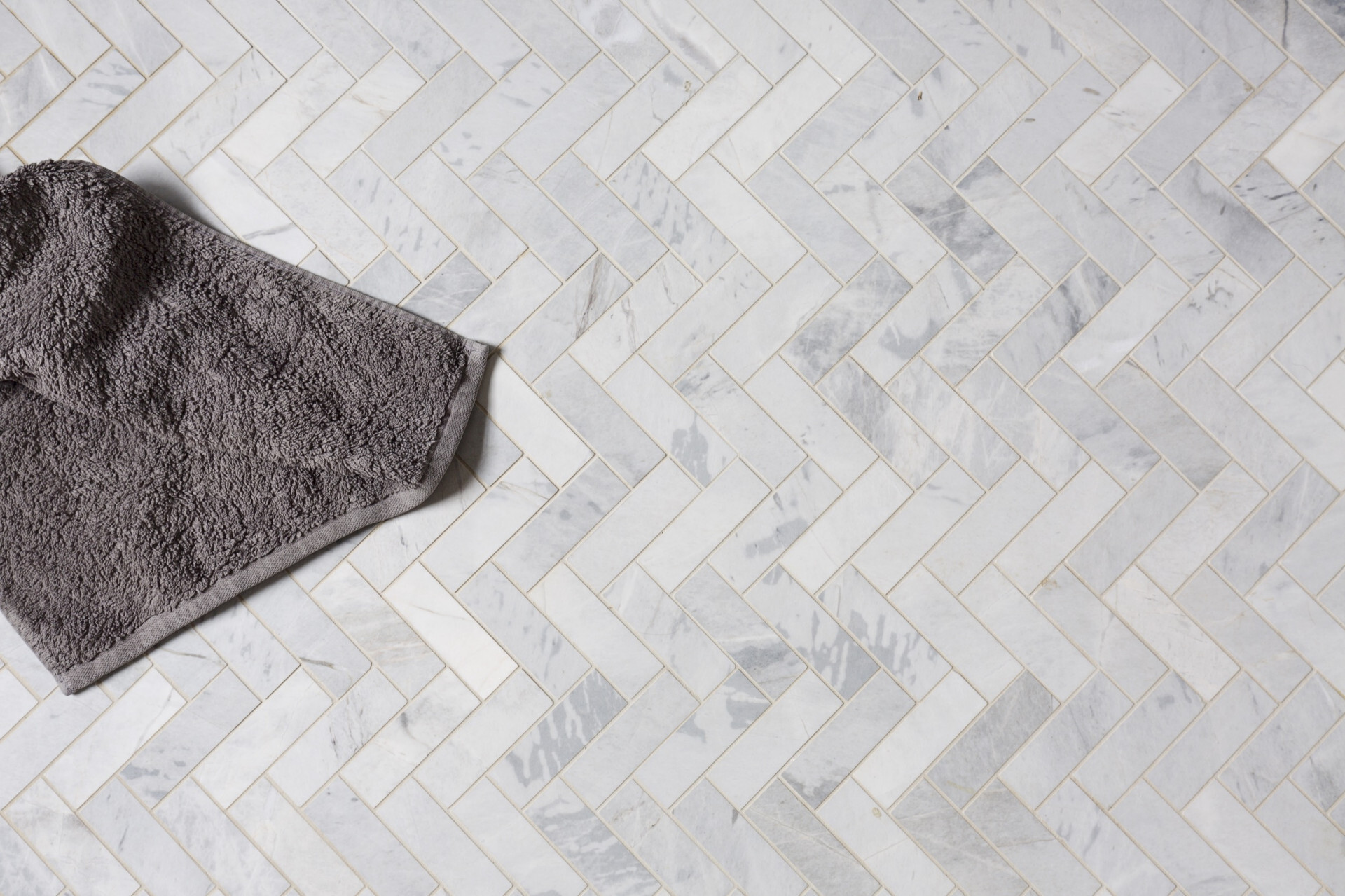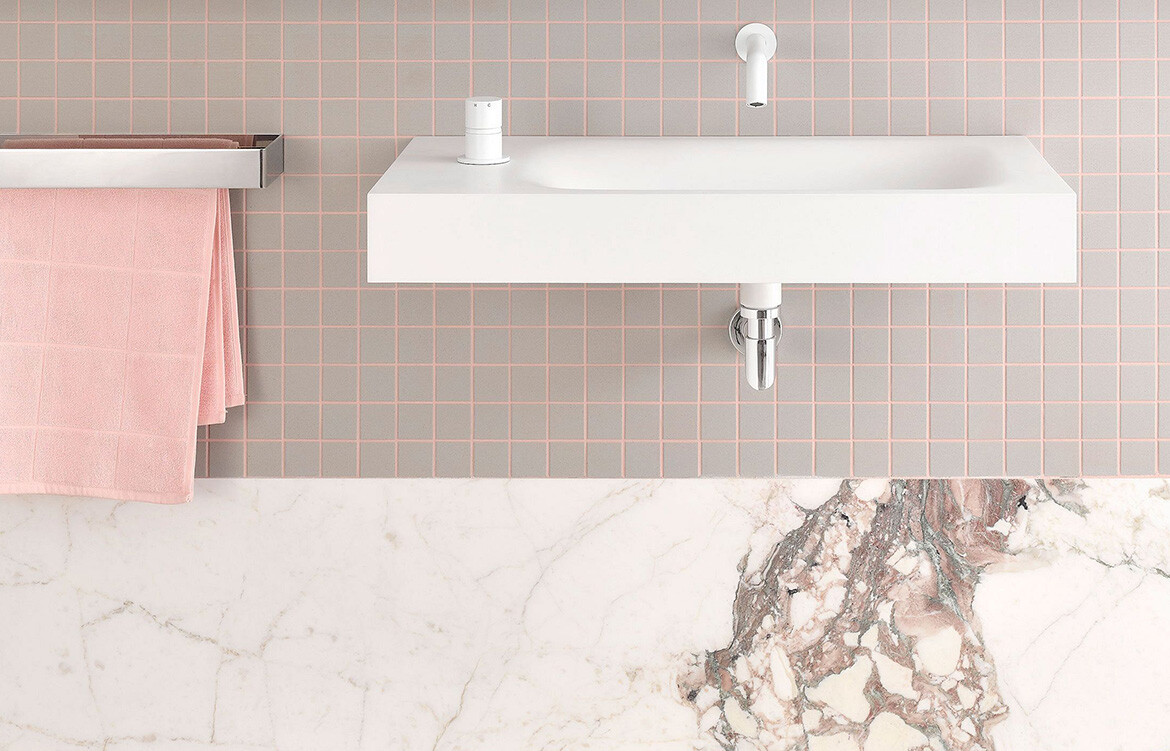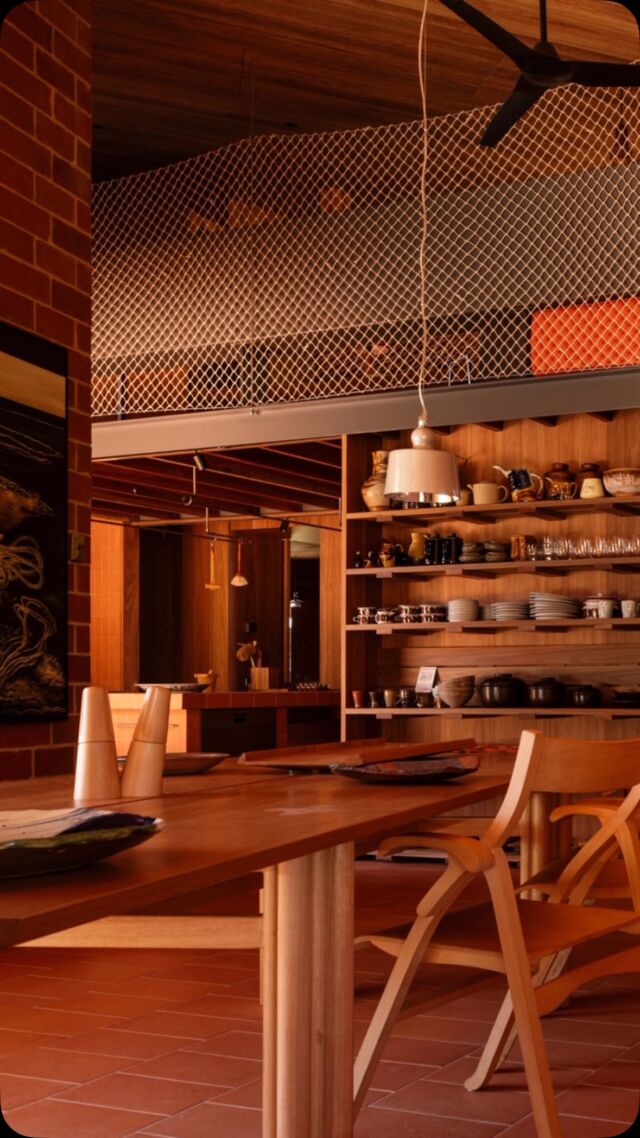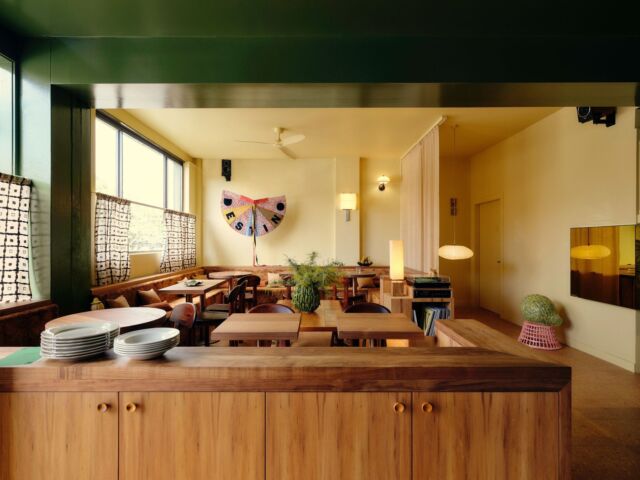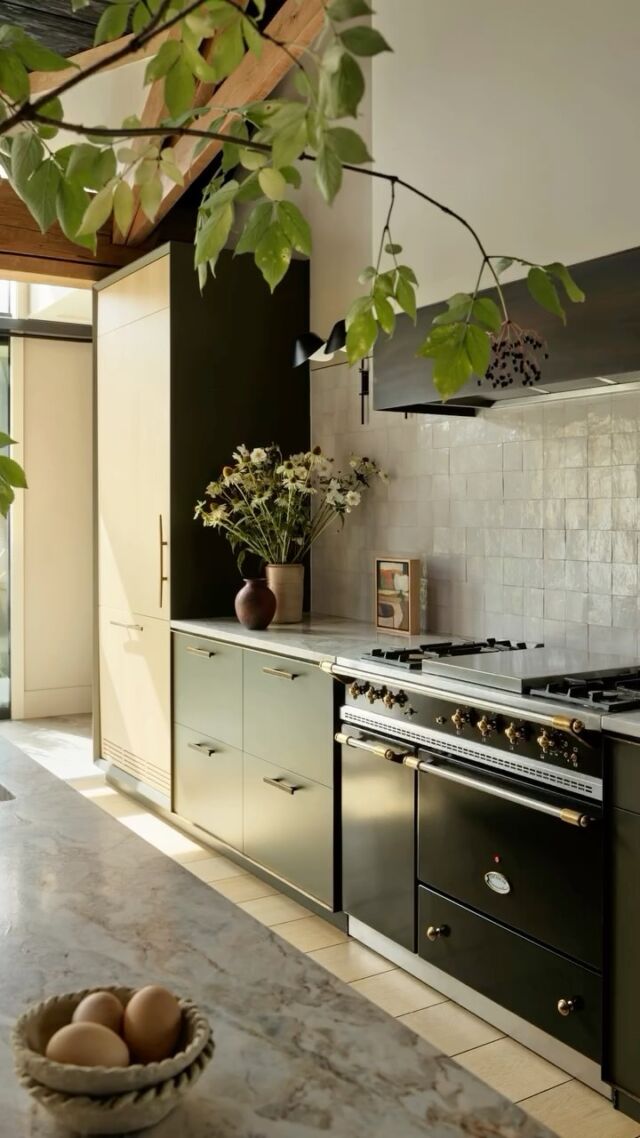Mid-century Canberra was a place of bravery, optimism and experimentation, and considering that the design DNA of Derek Wrigley is all over the city, no principles could be more fitting to describe this powerhouse of design who made Canberra his home and his design laboratory.
Derek believed that design had the power to change the world for the better, and by taking a look at his 70 plus year career in design, it seems he was right.
Though often hidden in plain sight, Derek’s works range from iconic homes and street furniture, graphics and disability aids to solar devices, institutional furniture, landscapes, sculpture and even a landmark tower. Despite being a designer in all senses of the word, having tried his hand at almost all forms of design, using the title of ‘designer’ to encompass Derek still falls short. It is almost impossible to define someone who wore so many hats – a pioneering designer, architect, teacher, author, photographer, sculptor, mentor, inventor, manufacturer, engineer, philosopher and innovator. He was also a son, brother, husband, father, grandfather, friend, colleague and so much more.

Born in Oldham, Lancashire on 16 February 1924, Derek Wrigley was the elder of two children for Harold and Rose Wrigley (nee Bradley). Derek’s sister and lifelong friend Shirley joined the family in 1931.
After failing his high school certificate, Derek became an indentured apprentice at an electrical manufacturing firm in Manchester, which lasted only a few months. Deemed medically unfit for active service during the Second World War due to partial deafness, Derek soon turned his efforts to study and was accepted into the architecture course at the Manchester College of Art (University of Manchester).
To gain entry to the course, Derek presented a measured drawing of his own bicycle, which he had completed at age 16. Alongside his architecture qualifications, he acquired credentials in structural engineering, civic design and town planning. Derek’s results were so outstanding that he was ranked first in the all-England architectural exams in 1945, even being covered in the local newspapers.
‘…architecture became my springboard into design and has served me well as a core discipline applicable to a growing number of peripheral design areas…’ – Derek Wrigley
Despite gaining employment in an architectural practice, post-war Britain was far from thriving, and by 1947 Derek decided to emigrate to Australia. Too impatient to wait for acceptance into the assisted migration scheme, he paid his own way and after an adventurous trip onboard the ‘Largs Bay’ he arrived to stay with pen-friends in Manly. This sense of urgency, impatience and ‘can-do’ would serve him well throughout his life.
At age 23 and with just the £100 in his pocket, he purchased an abandoned quarry in Dee Why, NSW and set about designing and building a home for himself. Occupying a small cabin on the site, Derek made a living teaching at the Sydney Technical College and spent his spare time hand quarrying the stone to build ‘OB1’ (Owner Builder 1 – the first house). Soon after completion, he sold OB1 to fund his passage home to visit his ill father, and upon his return to Australia, he set about doing it all over again for OB2, the second home to be built on the large site.

OB2 House
Derek met Hilary Archer in 1952, and they married in 1954. His family came from England for the wedding and his sister Shirley stayed on in Australia. Derek and Hilary lived in OB2 until it, including Derek’s handmade furniture, was sold to radio shock jock John Laws.
In 1953, Derek became a founding member of the NSW Chapter of the Society for Designers for Industry, which subsequently became the Industrial Design Institute of Australia and eventually the Design Institute of Australia. Derek played a pivotal role in the growth of the design profession in Australia, and went on to found the Industrial Design Council of Australia in 1956 with Victorian designer colleague Fred Ward.
In 1957, on the invitation of Fred Ward, Derek and Hilary moved to Canberra so he could take up the post of Assistant University Designer at the Australian National University (ANU). At this time, he also embarked on OB3, in Jansz Crescent, Griffith, a home for his growing family. Derek and Hilary had three boys, Ben, Simon and Adam who grew up here.
He worked alongside Fred Ward and the multi-talented Hans Pillig until 1961 when Fred departed ANU to take up lucrative commissions with the Reserve Bank of Australia and the National Library of Australia. Derek took over as University Designer and Architect and soon grew the ANU Design Unit team to include landscape, graphics, furniture, building and industrial design. Hans Pillig became Assistant University Designer.

The fledgling ANU provided the perfect environment for Derek to develop his theories of ‘total’ or ‘integrated’ design and functional design, the premises of which he had gleaned from his own practice, research and personal dealings with modernist powerhouses like Walter Gropius, Phillip Johnson and Mies Van Der Rohe. Having travelled the world, he found that no other university had a similar in-house design team and saw ANU as a truly unique opportunity. ANU also provided a valuable training ground for young designers like Gerald Easden, Charles Bastable and John Stevens who went on to have highly successful design careers.
‘…When you design something, it doesn’t matter how good it looks, if it doesn’t work. Appearance is not as important as functionality – the balance in good design should be 51 per cent functionality, 49 per cent looks….’ – Derek Wrigley
Derek’s design experiments over his 20 years at ANU included the development of state-of-the-art lecture theatre seating, the university crest and typeface, hundreds of furniture types, sound and lighting devices, exhibitions, sculpture, buildings, landscapes and more. He was also seconded from ANU to design furniture for the Australian Academy of Science (with Ward), and the National Capital Development Commission (NCDC) including street furniture and lighting and even the headstone of the Governor General Lord Dunrossil by request of the Prime Minister.
Derek also made significant contributions to Canberra society including as an active member of the Canberra Art Club, a initiator of the Craft Association of the ACT (now Craft ACT), Wood Group of the ACT, Inventors Association ACT and the Design in Education Council.
Leaving ANU in 1977 to follow his growing interests in solar passive design, Derek was soon commissioned to design furniture for the High Court of Australia and to produce a sculptural coat of arms for Court 3. He was also working on OB4 in Little Burra and at this time and purchased and restored the historic Byrne’s Mill in Queanbeyan to set up his architectural practice and establish sustainability advocacy organisation The New Millwrights.

Heliostat installed at Derek’s home in Mawson
OB4 was his first major venture into solar research and started a passion for solar passive design and the invention of mechanisms to improve the way people live, concepts that would define the next chapters in his career. Derek had met Maxine Davies in 1973 and they married at Burra in 1980. They lived in OB4 with Maxine’s two sons and daughter.
In 1979 Derek established an ACT Branch of Technical Aid to the Disabled (TADACT), which later earned him an Order of Australia. His work with TADACT saw him and other designers providing pro-bono services in the design of bespoke devices to improve the lives of disabled people in the region at a time when the commercial market rarely supplied such opportunities.

In 1989 Derek began to build OB5 with his son, Ben, also in Burra, NSW. OB5 was his second-last experimental solar passive house. In 2014 Ben and his wife Sarah Houseman undertook the challenge of building Derek’s sixth experimental house, the EcoSolar House in Chifley.
In 1991, Derek and Maxine moved to a Willemsen designed townhouse in Mawson, ACT. He soon set about retrofitting the property with over 20 concepts for energy-saving and simpler living, including mechanisms for reflecting sunlight (and heat) into existing southern rooms, early examples of double-glazing and solar panels as well as innovative ventilation and heat-recovery systems. Derek’s focus on sustainable new buildings shifted to the idea of improving existing homes, which comprise 90 per cent of our cities. This saw him publish his first and very popular book in 2004, How to Make Your Home Sustainable.

Passive design device implemented at Derek’s own home in Mawson
Rather than shying away from it, like many of his generation, Derek was an early adopter and embraced changing technology with gusto and used it to the best of his abilities to enhance his design and philosophical pursuits. Despite his age, he never fully retired and continued experimenting with low-energy and low-resource retrofitting of existing houses, writing about design in education, lecturing and speaking and publishing several books including Fred Ward: Australian Pioneer Designer (2013) and Design Awareness in the Modern University: The ANU Design Unit (2019).
He was awarded an Order of Australia, Life Fellowship of the DIA and was inducted into their Hall of Fame, was a Fellow of the Australian Institute of Architects (AIA) and namesake for the annual Derek Wrigley Award for Sustainable Architecture and an Associate of the Royal Institute of British Architects.

Derek once said that designers never retire – they are having too much fun, he also mused that if he could have his life over, he would have no hesitation in being a designer again. Even in these last months, Derek was still searching for his own real definition of ‘design’, something he planned to have updated in the dictionary and a subject he had dedicated his entire working life to. An excerpt from Derek’s last reflections on this definition seem a fitting close to a life of design: ‘Design is a ubiquitous, positive, fundamental human force for the betterment of everything on our planet – natural or human-induced’.
Vale Derek Wrigley.
Amy Jarvis is the University Heritage Advisor, Australian National University, and worked closely with Derek over the last few years.


